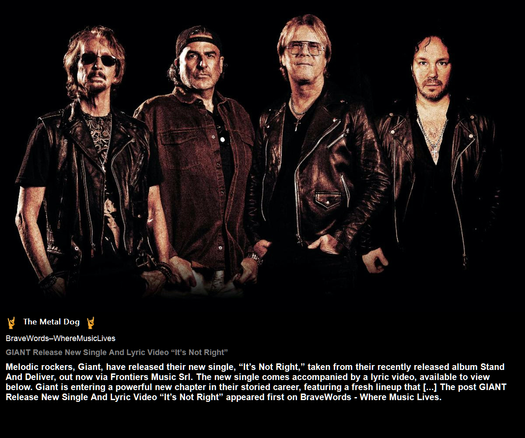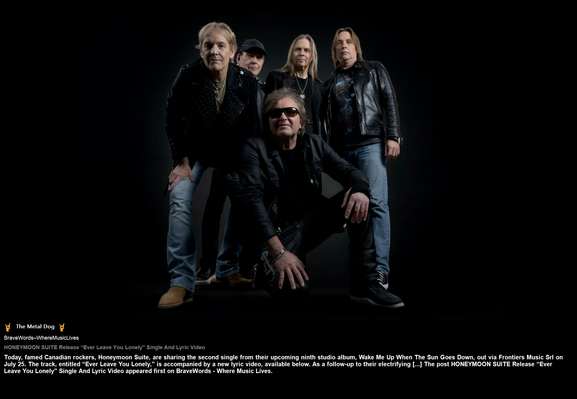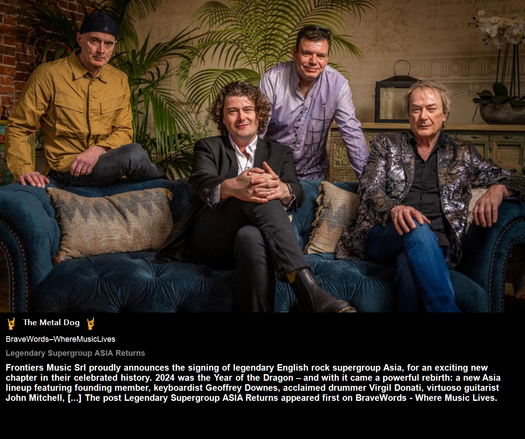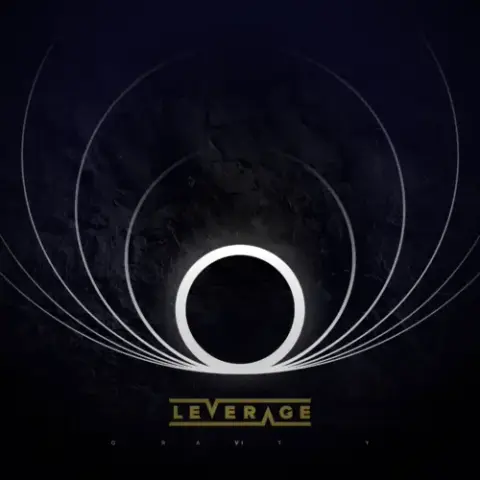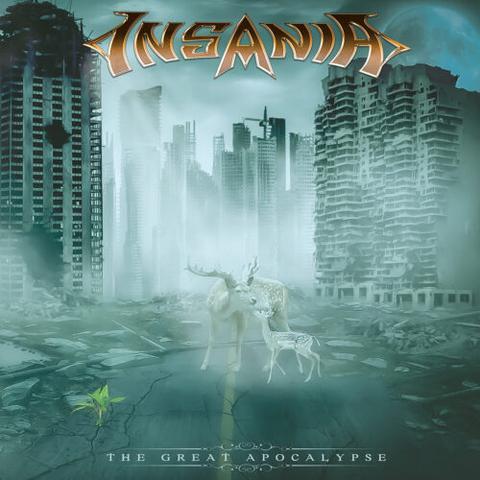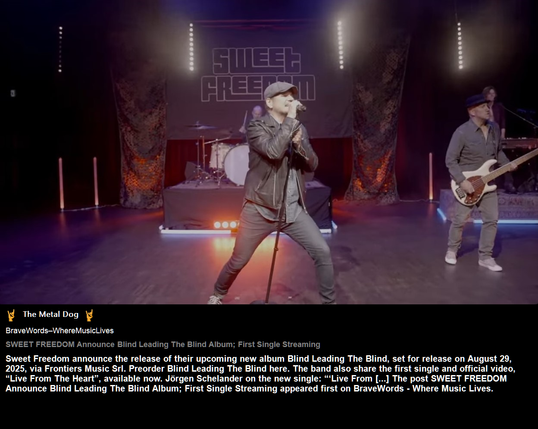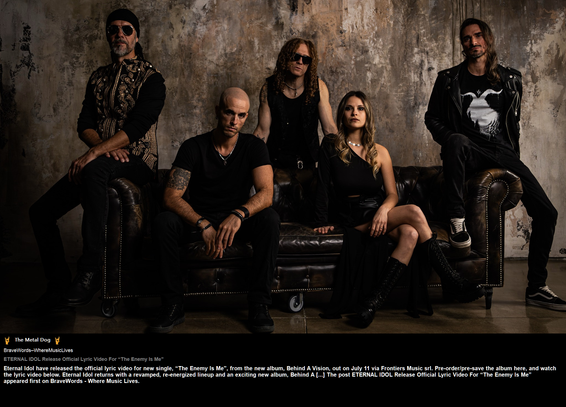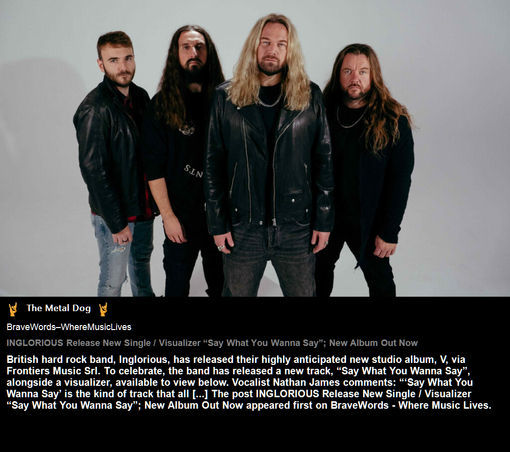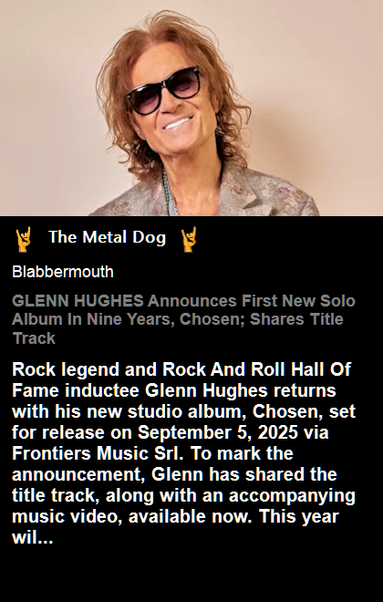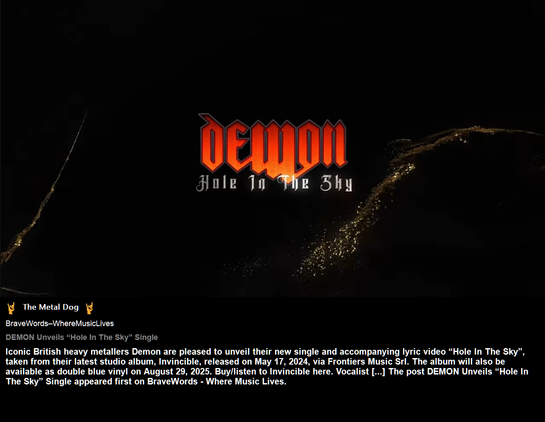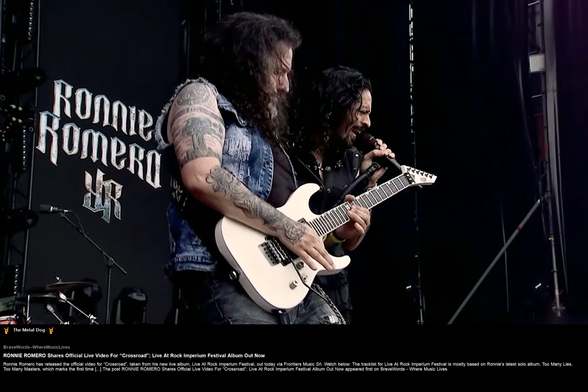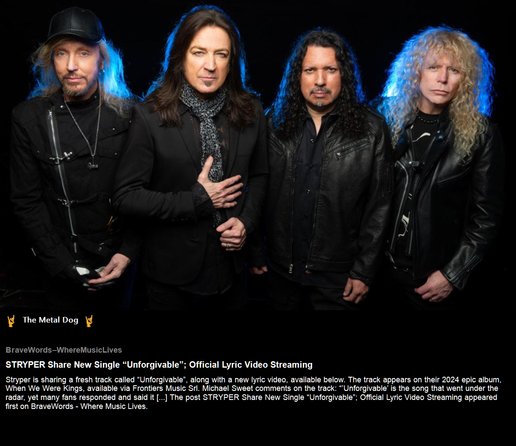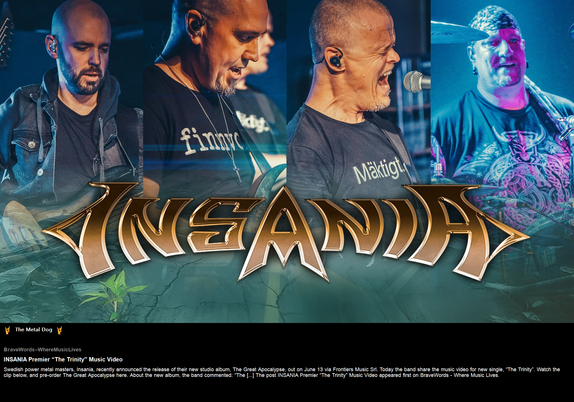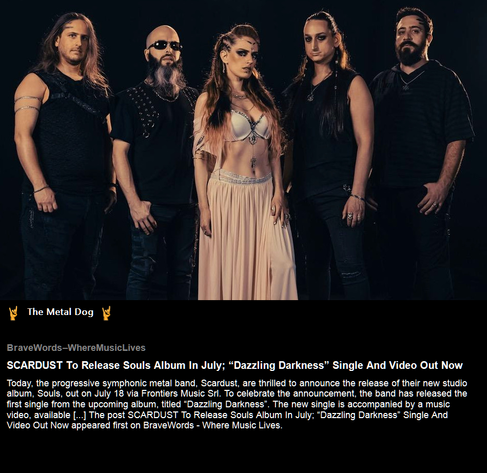Insania – The Great Apocalypse Review
By Angry Metal Guy
On the surface, The Great Apocalypse is exactly what you’d expect from Insania,1 Sweden’s long-running Europower mongers. Their sixth album—four years after their comeback record V (Praeparatus Supervivet) was praised for its commitment to the bit—brings back all the trappings of the genre: soaring choruses, galloping triplets, righteous lyrics about light and liberty, and the guitar and keyboard gymnastics that make the beskulleted power metal fan grin and throw horns. This plays into Insania’s reputation as a charmingly derivative Stratovarius knockoff, a reputation earned during their first run between 1999 and 2003.2 Reputations like that are tough to shake. And despite having produced two of the most underrated Europower albums of the 2000s (2001’s Sunrise in Riverland and 2003’s Fantasy), this has been Insania’s fate.
One could be forgiven for thinking The Great Apocalypse was another nostalgia ride—a lovingly executed Stratovarius/Helloween tribute made by scene veterans committed to the bit.3 The base of the sound is familiar: founding drummer Mikko Korsbäck’s double-kick sprints and backbeat snare hits (“The Trinity”) and gallops both traditional (“The Great Apocalypse”) and half-time (“Fire from Above”); returning guitarist Niklas Dahlin, now mantling axe duties solo, layers in neoclassical flourishes and trem-picked glory (“The Prophesier,” “Afterlife”) with a fluidity that borders on smug. The new bassist—Erik Arkö—holds down the low end unobtrusively, working well in tandem with the others, while being sacrificed on the Altar of Newsted to make space for moar kick drum in the mix.4 And above it all, Ola Halén’s crystal-clear voice floats somewhere between Kai Hansen and Timo Koltipelto, belting out messages of diaphanous positivity with just enough grit to sell the drama. But the familiarity is a trap. Underneath the Europower surface is something more ambitious.
The more you listen, the more you realize The Great Apocalypse isn’t the typical power metal it seems at first blush. Rather than relying on obvious resolution and recycled hooks, these songs lean into variation, twisting and stretching ideas in ways that subtly derail expectations. Songs mutate, growing with each repetition (“Revolution” or “The Great Apocalypse”). Choruses evolve in phrasing, harmony, or arrangement instead of simply looping back in place (“No One’s Hero,” “Underneath the Eye,” “Indestructible”). Even the final choruses of otherwise straightforward tracks will shift gears, changing key, feel, or introducing elements that reshape something familiar into something better (“Fire from Above,” “Afterlife”). A major part of this dynamism comes from the guitars, where Niklas Dahlin shows off chops that help to drive the compositions. In diametric opposition to my criticism of Jari’s performance on Wintersun’s most recent album, Dahlin often crafts solos that seem to facilitate dynamic songs, undermining predictability by following his lead. This isn’t showy for its own sake. Insania has developed a newfound compositional discipline that’s nestled comfortably inside genre convention.
Insania treats motifs and melodies in the same way: not as loops, but as clay to reshape. Rather than reiterate, they recast phrases with harmonic or rhythmic tweaks that breathe new life into already-hooky material (“The Prophesier” has the best example,5 shifting from a major to harmonic minor after the solo, and it’s fantastic). Tonal centers shift underneath you without warning, nudging songs toward unease when the melodies remain sweet (“Underneath the Eye,” “Fire from Above”). Extended tracks stretch these ideas even further: rotating riffs, slowing tempos, delaying resolution until the final moments, or never offering it at all—like the title track, which ends the album on a slightly dissonant chord. Even in the vocal phrasing, Ola frequently dodges the expected A-B-A-B symmetry in favor of through-composed or extended-line approaches. I wouldn’t say that Insania has morphed into prog, but their choices are far too deliberate to be accidental, placing them a lot closer to Angra, Star One, Almanac,6 or Symphony X than Stratovarius. And it’s a welcome evolution.
By playing to form and yet resisting predictability, The Great Apocalypse breaks the mold and shows what 25 years of experience can get you. Insania sounds like a band that knows the rules so well that they don’t have to break them; they write in ways that subvert them. While earlier albums felt like excellent—but predictable—additions to the scene, The Great Apocalypse differentiates Insania’s personality within familiar bounds. They haven’t changed their sound—I’m sure that critics will pop it on and dismiss it for being a Europower record—but the added nuance and increasing sophistication have propelled Insania into a different tier than they previously inhabited. And while no album is free from flaws—Ola strains in his upper range in a way he surely didn’t in 2003, the bass gets swallowed by an Industry Standard Production™, and the record isn’t free from subgenre obligatory moments of cringe—it is tough not to see this evolution as ambitious, confident, and, at times, even profound.
Rating: Great!
DR: N/A | Format Reviewed: Stream
Label: Frontiers Music
Websites: facebook.com/insaniastockholmofficial
Release Date: June 13th, 2025
#2025 #40 #Almanac #Angra #Europower #Fantasy #FrontiersMusic #Helloween #Insania #InsaniaStockholm #Jun25 #PowerMetal #StarOne #Stratovarius #SunriseInRiverland #SwedishMetal #SymphonyX #TheGreatApocalypse
